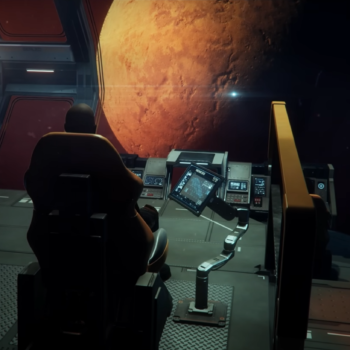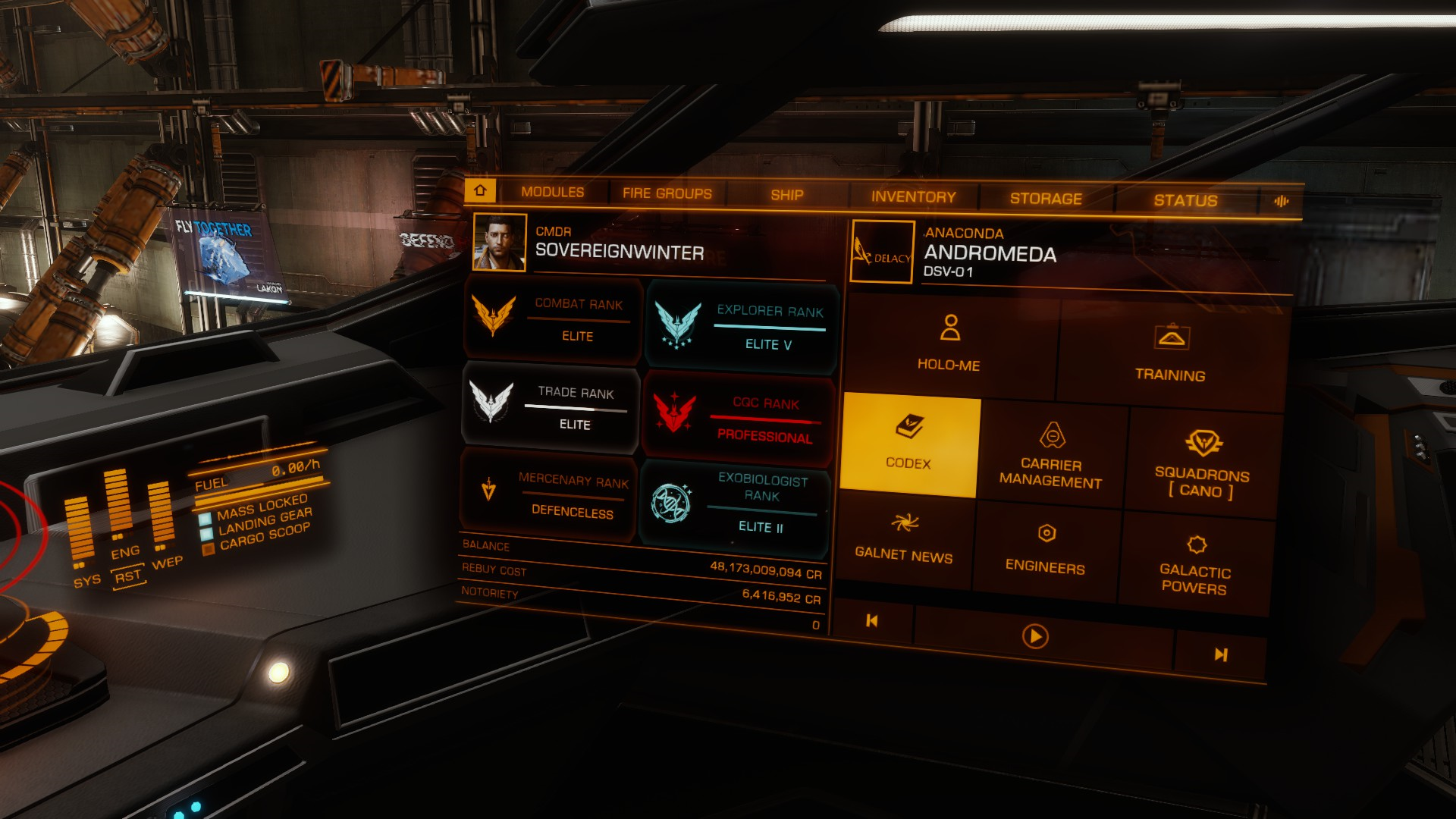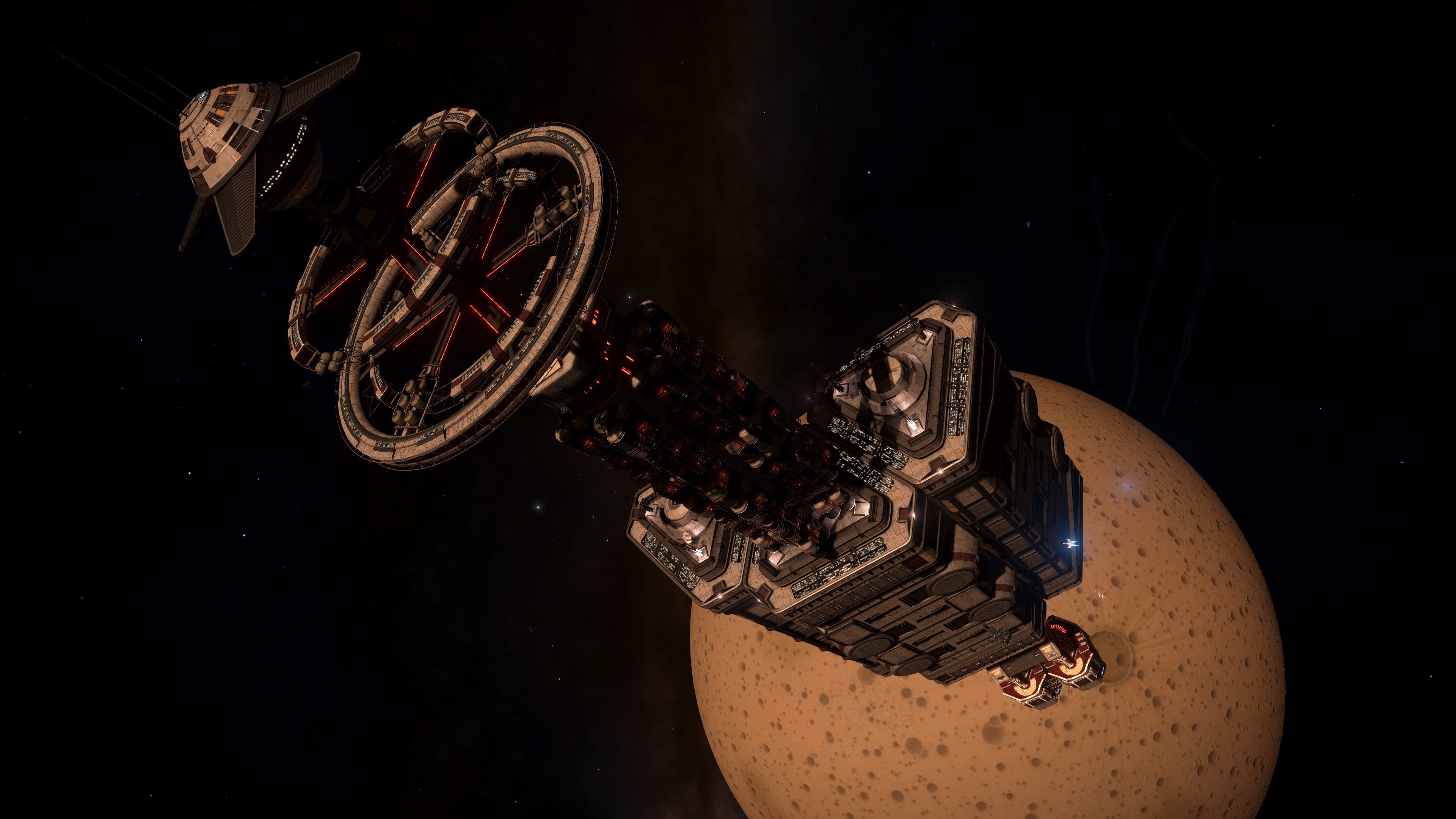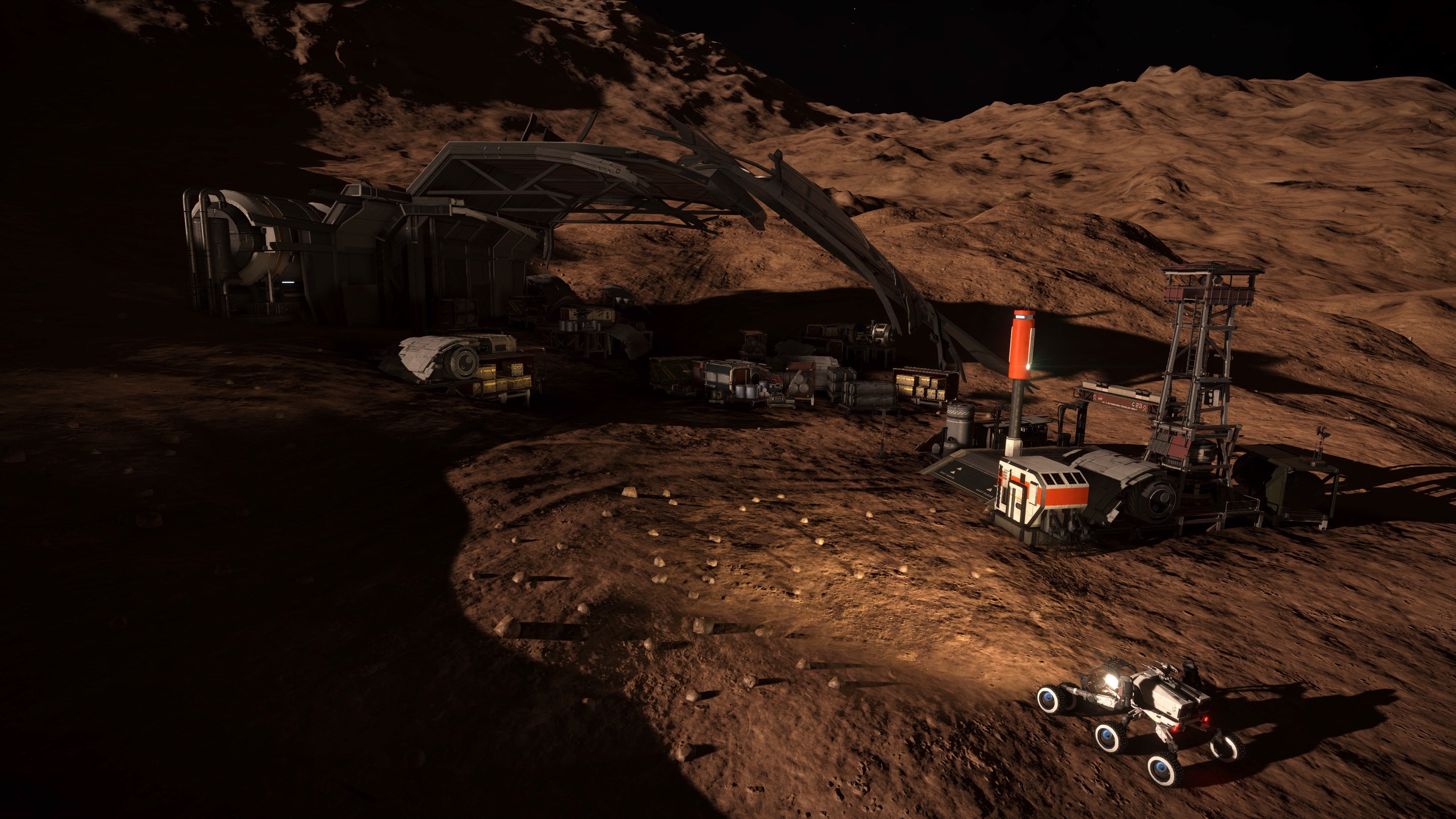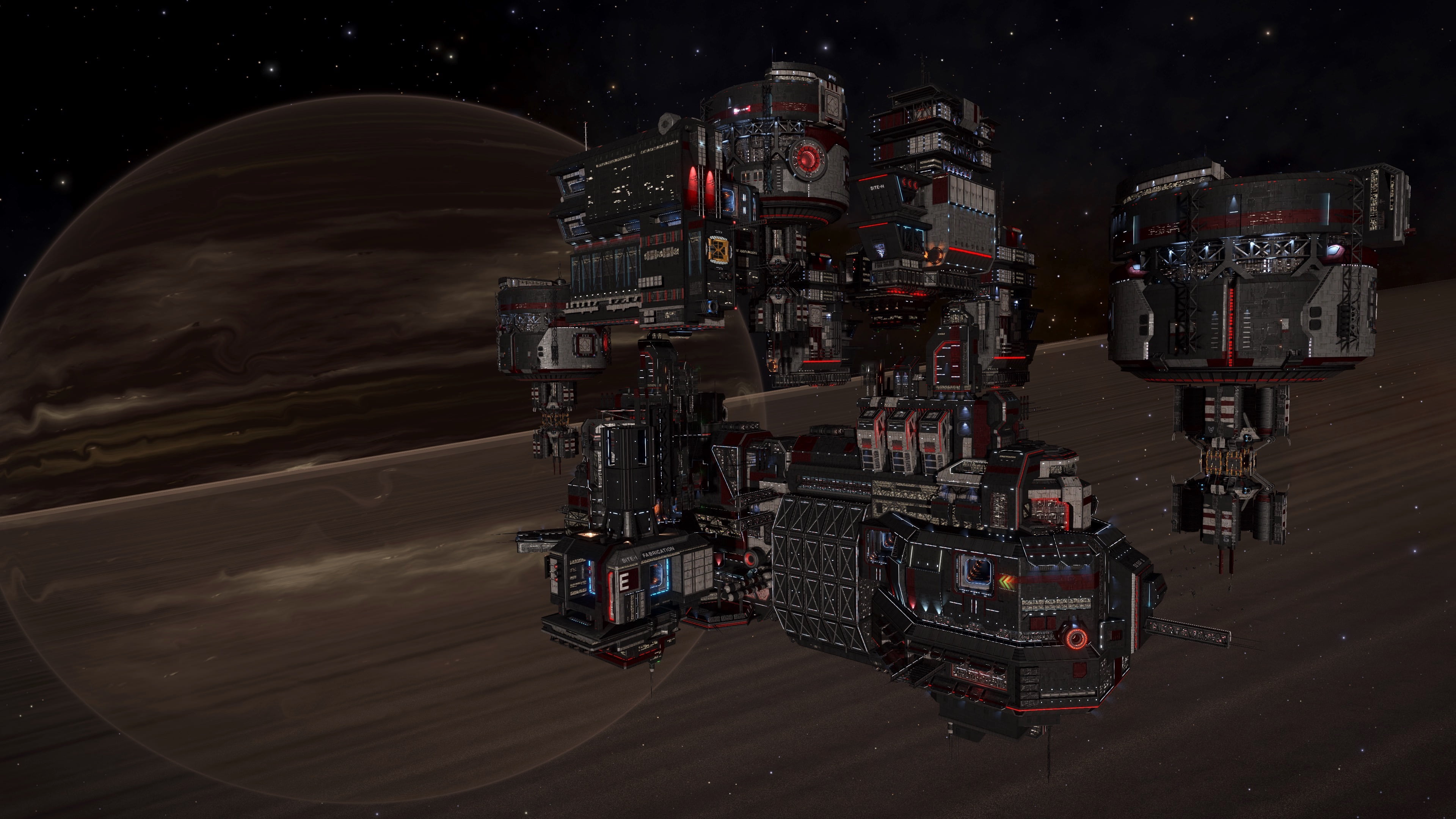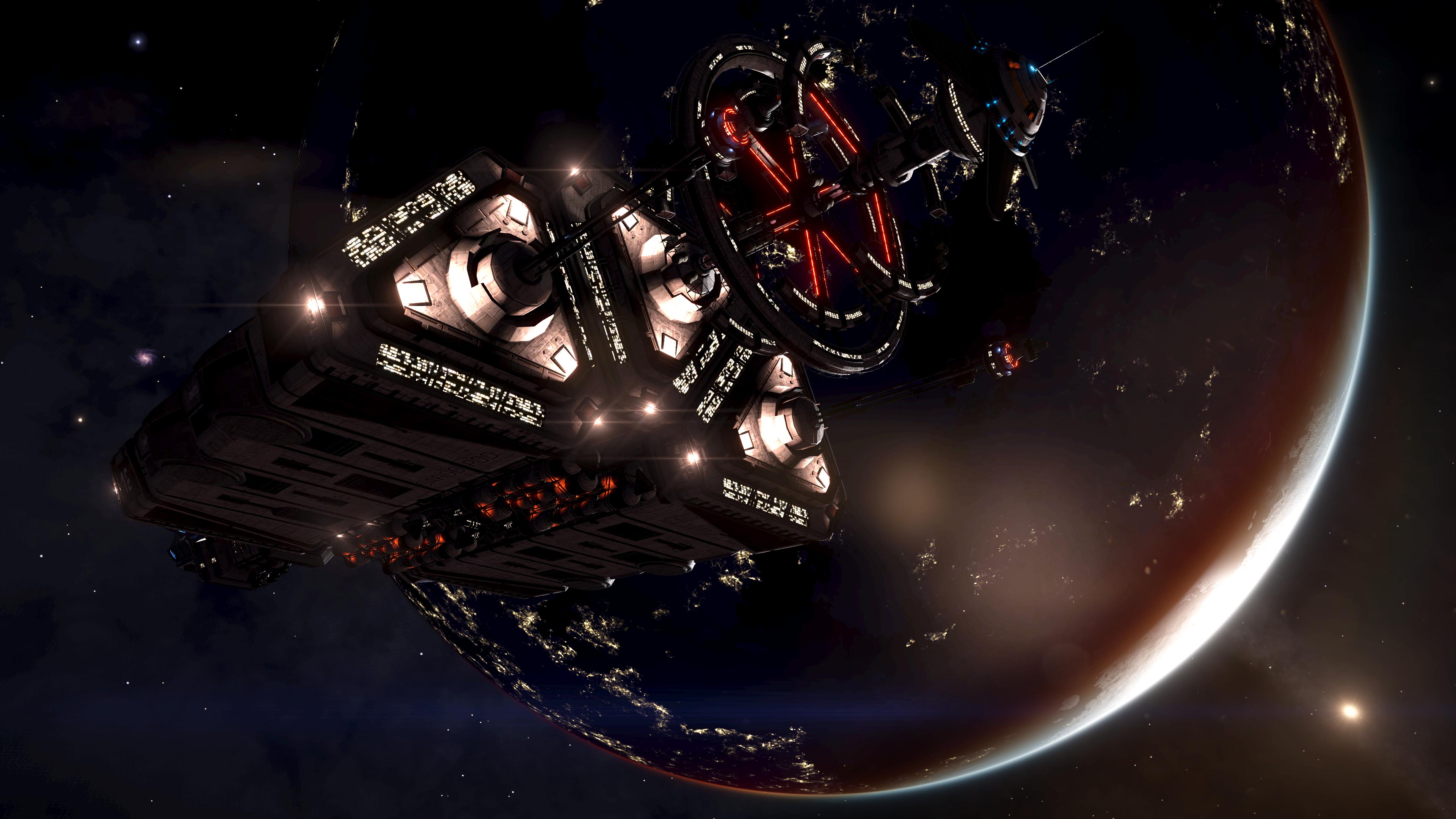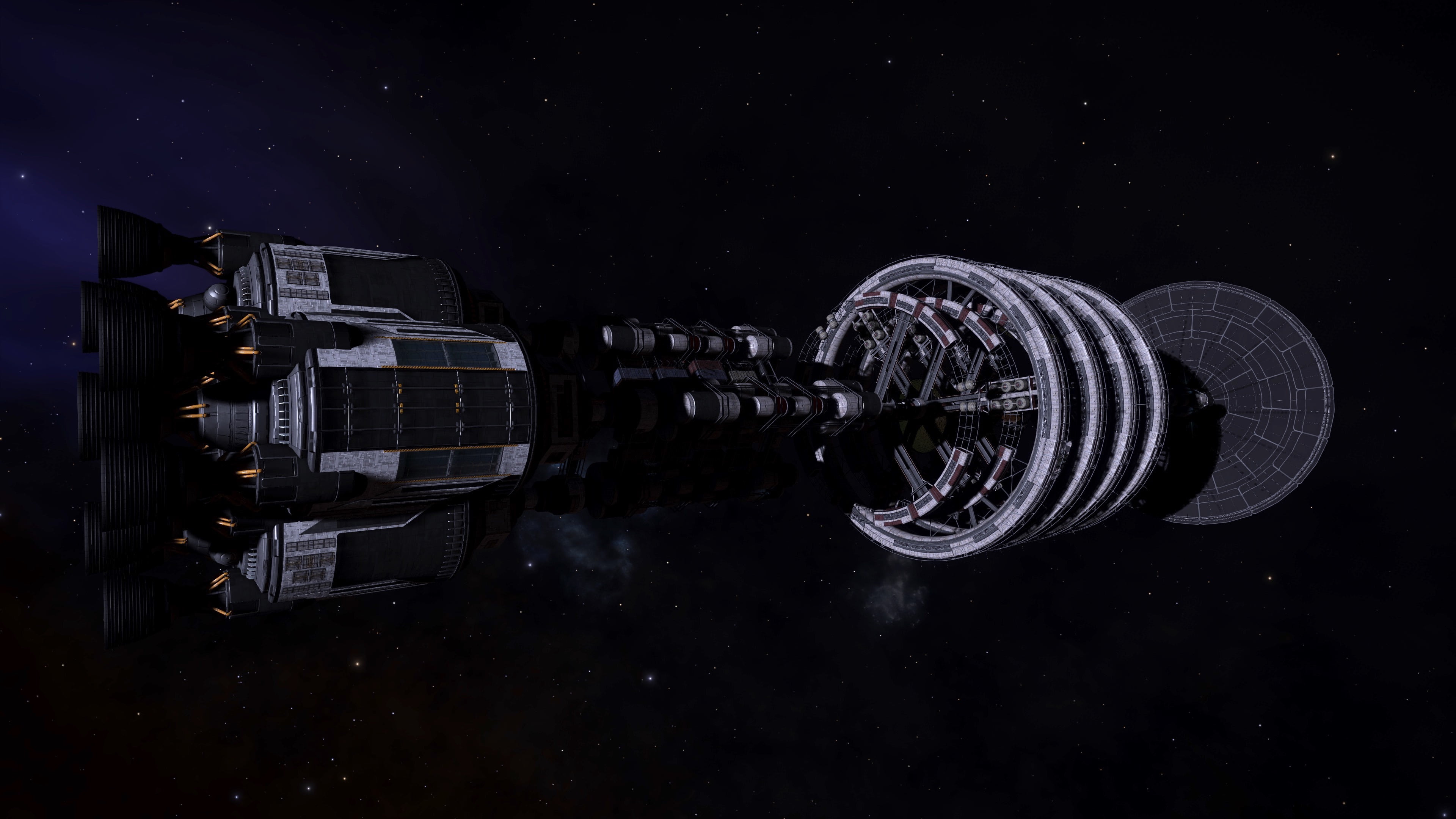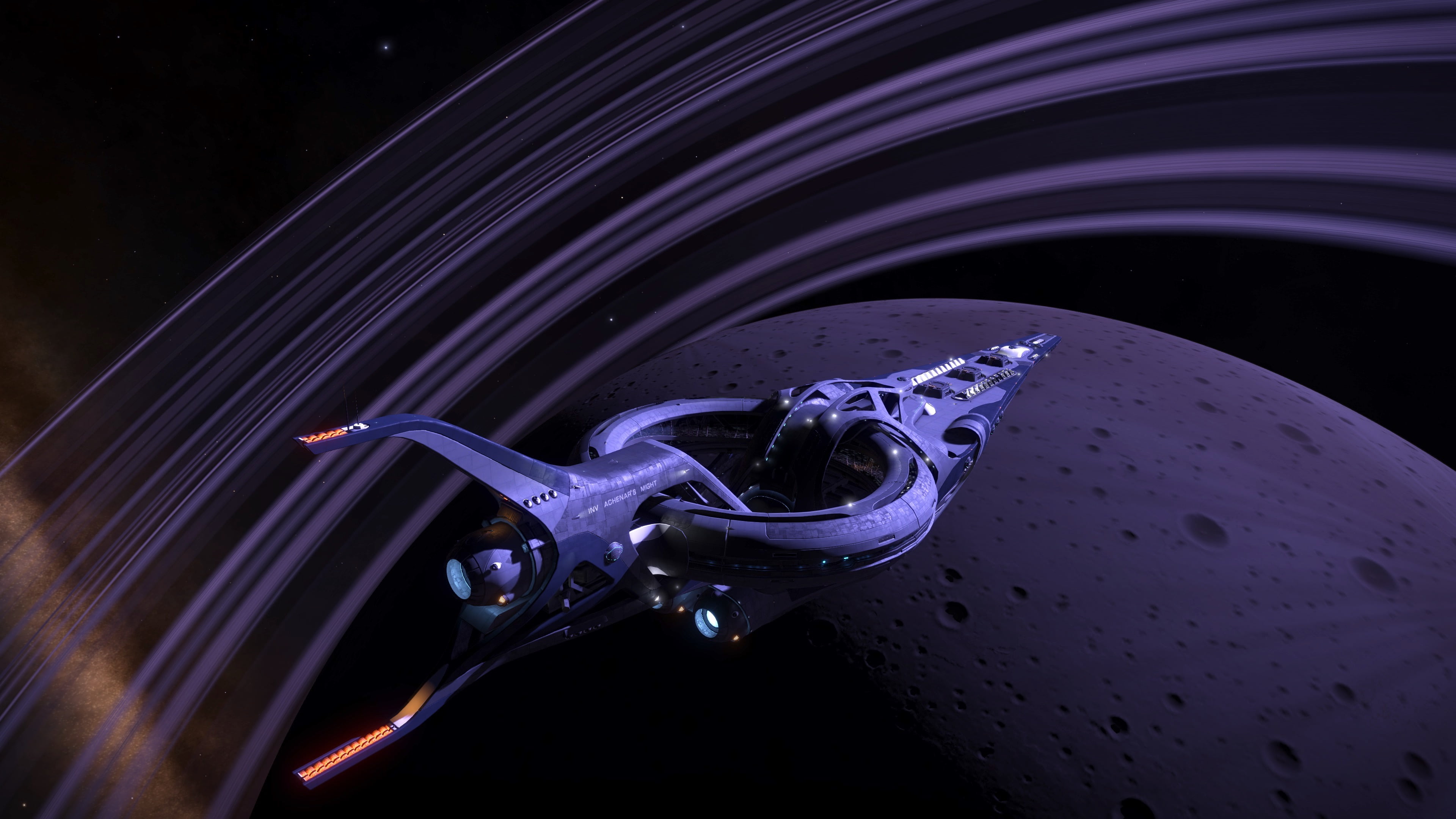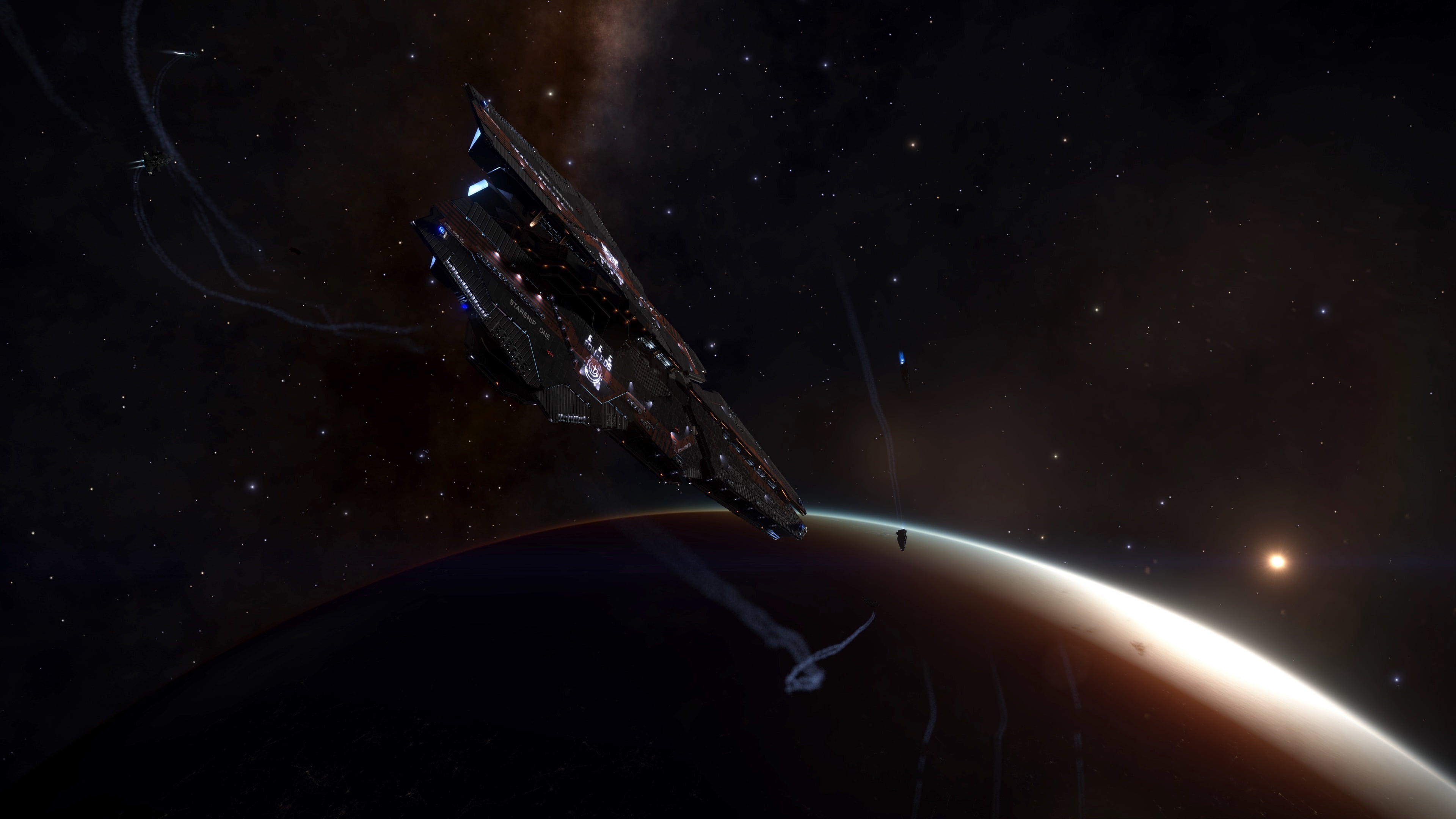Biology Summary
The Guardians had red skins, sharp cutting ridges on their forelimbs, small faces, and round, dark eyes adapted to bright sunlight. The lower gravity and higher temperature on their planet meant they were taller and more slender than humans. The were more agile and resilient than us, with greater auditory and visual senses, but more vulnerable to cold and with a limited olfactory sense. They were carnivorous, and hunting, killing, and serving meat remained an important social ritual. They had two distinct sexes and sex had an important role as a recreational as well as procreational activity. Their anatomy enabled them to become temporarily sterile at will, allowing for population control and fewer taboos around sexual activity.
Entries:
Biology 1/19
Thank you commander, this data has proven vital to my ongoing research. While it seemed logical that the alpha-pattern data corresponded with the core information on the Guardians biology and ecology, I couldn’t be certain until I received the data from your scan. I’m pleased my hypothesis has proved correct, and I’ve started to unlock some fascinating details about the Guardians. The extracted data relates to individuals rather than their species as a whole, but thanks to the information you have transmitted, I believe I will be able to merge the data to create a general picture.
Biology 2/19
The information you’ve uncovered is very interesting and regards the Guardians anatomy and physiology, you might be surprised to learn they weren’t that different to us. Their morphology was bipedal, although they were generally taller and more slender than the average human. Their skin tone was red, encompassing the whole spectrum of red hues. There were various reasons for these changes in pigmentation, including genetic disposition and the fact that they darkened as they aged.
Biology 3/19
Details on the facial structure of the Guardians. Their faces were proportionally smaller than ours and they had round eyes, darkened from their evolution under a very strong sunlight. The colouration and structure of the eye indicates that not only they have keener vision than us, but they could also see a wider spectrum.
Biology 4/19
This data details the facial structure of the Guardians. The nose appears to have been vestigial – I believe it was once more pronounced, but that some environmental change made it less useful – so their sense of smell would have been less developed than the human average. Their ears were very tightly formed against the skull, and the interesting array of internal acoustic chambers suggest they perceived sounds differently to us.
Biology 5/19
This data offers more details about the physical appearance of the Guardians. Most remarkable are their limbs. Their forelimbs had a serrated edge and were no doubt used as killing implements during the pack-hunting period. They had two more more joints in their arms than we do, facilitating complex articulation and the use of sophisticated sign language. The skeleton was flexible yet resilient and their muscles were long, thin and ropy. They had two hands, each with four digits.
Biology 6/19
We’ve barely scratched the surface with the Guardians. There is so much yet to discover. But this new data contains one tantalizing detail that stands out: their biochemistry was very similar to our own. They had blood in the same fashion as us, and it fulfilled exactly the same role as it does for us. Beyond this, they share a similar genetic structure, with DNA and RNA their core building blocks. Although a full analysis has not yet been conducted, this might be evidence of a common ancestor, but also of a branching in their genetic history. This is an astounding discovery!
Biology 7/19
This data offers more details about the physical appearance of the Guardians, specifically regarding genders. The similarities between humans and the Guardians continue to delight me. They had two distinct genders and reproduced sexually. There don’t appear to have been any taboos surrounding sexual activity, as the data contains large quantity of graphic images and recordings – not unlike some of our data nets!
Biology 8/19
This data contains more details about the Guardians sexual behaviour and reproduction. Their body form encouraged sex while standing, but although this was the most comfortable pose, they entertained a variety of positions. I’ve concluded that sex was a recreational behaviour and not only for procreation. They didn’t use birth control as they could manipulate their bodies to become temporarily sterile at will, although I’ve not yet identified the precise mechanism for this. It’s clear their biological-manipulation technology was quite sophisticated. This data has huge applications for Medical treatments if we can unlock the secret.
Biology 9/19
This data contains more details about the Guardians procreation and reproduction.
Procreation was a matter of personal choice, although they were require to be a parent at least once during their lives to ensure continuation of their genetic line. I’ve not yet established their metrics for measuring time, but it’s clear the period of gestation was quite long, to allow substantial development of the young prior to birth. The infants were effectively helpless for a period after delivery.
Biology 10/19
This data contains more details about the Guardians approach to raising their young. Care of the young was the duty of the wider community. Infants were raised in communal créches rather than by their parents, the cultural significance of which I’m eager to unravel. I have established that prenatal care of the young involved genetic manipulation to remove hereditary diseases and other complications.
Biology 11/19
Although the alpha-pattern data encapsulates biological information, it also contains a treasure trove of cultural data. This is particularly true of the data you have uncovered here. The data package appears to contain records pertaining to their food. I already knew that as pack hunters they were carnivores. I subsequently discovered that not only were their arm ridges excellent for killing prey, they were also used for cutting meat into little pieces to fit in their small mouths.
Biology 12/19
This data contains details about etiquette and hunting. The imperative of the kill was retained even as their society advanced. Food killed in the hunt was a delicacy. For guests, it was an honour to provide their host with something that had been hunted, but the host was expected to provide the same. Meat that had been hunted by a lone individual was given even greater accord. For a kill to be valid, it had to be achieved without weapons. Weaponry was only for civil defense or law enforcement.
Biology 13/19
This data contains details about etiquette feeding habits and hunting. Non-indigenous animals were considered a particular delicacy. The Guardians expansion into space introduced them to new ecologies and, consequently, to new food. So far I’ve had little success in determining the details of these alien creatures or where they were obtained, but it was certainly a valuable trade for the Guardians. Huge parks and reserves were constructed on their worlds where they could hunt both local and imported animals.
Biology 14/19
This data is particularly interesting. It appears that another indication of their prowess in biological manipulation was the creation of unique creatures for consumption. This was done to ensure adequate supplies for the general population, although there was also a specialist trade. Having an animal created for a specific celebration demonstrated the owner’s status and wealth, but being the creator of such a delicacy meant even greater honour. This part of the research could aid us in food production and make famine a thing of the past.
Biology 15/19
It seems that most of this data package has become corrupted, however I have been able to decipher one section. It seems that the Guardians retained the ability to digest raw meat, and most meals were served uncooked, although they did appreciate cooked meat. This became an almost ceremonial aspect of their eating, and was often incorporated into formal meals.
Biology 16/19
This data is fascinating commander. I now have a better understanding of the types of environment and how that relates to the Guardians development. The alpha-pattern data has yielded a wealth of information on the Guardians, but throughout my research I’ve also been looking for information on their homeworld…and now I think I’ve found what we need! The location of their homeworld still eludes me, but this new data may give enough for us to narrow the search criteria.
Biology 17/19
This data contains more details about the Guardian’s physiology regarding their environment. Looking through previous data collected by pilots like yourself, it came as no surprise to learn that their environmental requirements were very similar to our own. Barring any local biological threats, we could easily live on their worlds – they wouldn’t even need terraforming. In fact, we ould find their worlds more comfortable than the Guardians would ours.
Biology 18/19
This data contains more details about the Guardians physiology regarding their environment. I can see from this data that humanity would indeed be able to cope if not thrive on the same worlds as the Guardians and vice versa.The first key difference is gravity. Most of their worlds have a lower gravity rating than we would consider normal, which no doubt explains their taller, more slender frame. Their flexible bone structure would adapt to high gravity with little discomfort or loss in physical strength.
Biology 19/19
This data contains more details about the Guardians physiology regarding their environment. This data shows that they preferred warmer worlds than we do, and don’t appear to have been well suited to colder climates. Fragments of their history reveal that they experienced changes in climate in their early history, and it was that – rather than conflict – that prompted their technological development. They had thick skins but lacked a fatty layer, which I think reduced their ability to function in cold temperatures. More and more, the alpha-pattern data extends to include aspects of their culture. It’s fascinating subject matter, but I still need more data.
